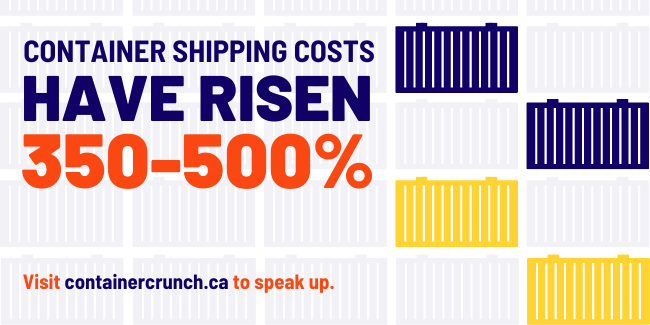 November 17, 2021
November 17, 2021
-
- Planning for Soybeans and Pulses with Soils Testing High in Nitrates
- Save the Date: Getting it Right is back! March 9, 2022
- Manitoba Agronomists’ Conference – December 15 and 16
- SPG’s Pulse Agronomy Workshop – November 23 and 24
- New resource: Crop Rotation in Managing Aphanomyces
- Add your voice to fix the #ContainerCrunch
Planning for Soybeans and Pulses with Soils Testing High in Nitrates
Drought conditions across Manitoba have resulted in high residual nitrate levels due to less crop uptake and removal from lower yields, early termination of some crops and fewer losses to leaching and denitrification. For high N-use crops this can be an asset in a time of high fertilizer pricing, but for N-fixing legumes this is an added challenge.
How will N-fixing pulses and soybeans respond to soils testing high in nitrates? This article is a summary of what we know so far, based on field observations.
Within the article you’ll find information on the following topics:
- Agvise Soil Nitrate-N Summaries
- Delayed and Reduced Nitrogen Fixation
- More Soybean History, More Resilient?
- Inoculation
- Plan for IDC
- Dry Beans: N Fertilization
- Consider Retesting Soils in the Spring
Getting it Right Soybean & Pulse Agronomy Meeting
 Wednesday, March 9, 2022 at Portage la Prairie
Wednesday, March 9, 2022 at Portage la Prairie
Save the Date: MPSG’s farmer-exclusive Getting it Right soybean and pulse production meeting is back! This event is about providing Manitoba’s soybean, pea, dry bean and faba bean farmers with the tools required to face production challenges and market access issues. Program details are underway and will be made available on this page soon!
Manitoba Agronomists’ Conference
Wednesday, December 15 and Thursday, December 16, 2021
Catch early bird registration before November 26, 2021. Registration and program details available here.
SPG’s Pulse Agronomy Workshop
November 23: Root Rots | November 24: Integrated Pest Management and Fertility in Pulses
Catch webinars hosted by the Saskatchewan Pulse Growers on pulse agronomy running the mornings of November 23 and 24, 2021. Program details and registration available here.
Also check out SPG’s new resource on Crop Rotation in Managing Aphanomyces and Reducing Root Rot Risk.
Fix the #ContainerCrunch
Did you know – the average price to ship a standard container has risen from $1,461 at the beginning of 2020 to $11,109 in September of this year?
The reason so many shipping containers are going back to Asia filled with nothing but air has to do with a surge in consumer demand for Asian goods. Rather than waiting for the containers to be loaded with Canadian goods, shipping companies are paying a premium for containers to be sent to Asia empty, so that they can be filled faster for the trip back to Canada.
Pulse Canada is spearheading a public advocacy campaign to communicate the impact the supply chain disruption is having on the Canadian pulse industry and the economy. The U.S. is taking steps to get to the bottom of the issue and Canada should as well. Add your voice and show your support for Canadian businesses and consumers by visiting www.containercrunch.ca. Talk to your grain buyers early to understand the issues they’re facing and what they’re expecting from the transportation system.

